DIGITAL PROJECT INCLUDED

PRIMARY 2 ArtS and Crafts Globalaction sample
What will you learn?
1 Make art to protect nature

to encourage your classmates to recycle packaging.
2 Explore our wonderful world
1.1 Natural scenes
• Primary colours
• Primary and secondary colours
• Landscapes that remind us of the past
• Salt art
1.2 Fruit and other still-life objects
• The still-life
• The colours of still-life photography
• Light and shadow
• Art styles (still-lifes): Andy Warhol and Henri Matisse
2.1 Polar and marine animals
• Animals in a polar landscape
• Basic geometric shapes
• Textures at the bottom of the sea
• Art styles (marine animals): Maurits Cornelis Escher and Karel van Kooning
2.2 Architectural wonders
• Light changes colour
• Photographs in colour and black and white
• Pointillism
• Very special fountains
3 Play with art
• A fountain from recycled materials
3.1 Out in the countryside
• A contrast of primary and secondary colours
• Bright and vivid colours in a landscape
• Soft and harmonious colours
3.2 Let’s play
• Height and age
• Traditional games in art
• Digital game design

• Art styles (children playing): Mary Cassatt and Javier Ortas
• Modelling
• Primary colours in the park
• Secondary colours in an autumn landscape
• A castle in its natural environment
• A landscape with salt
• Still-lifes on a grid
• A still-life with fruit and vegetable stamps
• Light on pieces of fruit
• Create your own style
Build:
• Father Christmas is here! (Page 61)
Paint:
• Flowers in primary and secondary colours (Page 69)
• The colour of the desert (Page 71)
• A polar landscape with animal stamps
• Marine animals with geometric shapes
• Texture with lines
• Create your own style
• Light and colour at the Alhambra
• A tower in colour and black and white
• A city on the water using pointillism
Build:
• We love carnival (Page 63)
• We’re going on a trip (Page 65)
Paint:
• The winter cold (Page 73)
• Flower stamping
• A spring landscape collage
• A girl in the garden
Build:
• All aboard! (Page 67)
Paint:

• Playing helps us grow
• Your bottle cap collection
• A digital game design
• Create your own style
• Modelling a winner’s trophy
• The leafy jungle (Page 75)
sign
Life on land Think about the importance of taking care of water and saving it in our daily lives. 6 Clean water and sanitation Make a list of games and teach your partner a game they don’t know. 3 Good health and well-being
Design a
PAGE PAGE PAGE
• SDG 7 25 43
LOOK CREATE BUILD AND PAINT LEARNING SITUATION PLAN OF ACTION
Make art to protect nature
What do you think?
What packaged food do you eat? Do you know what material the packaging is made of? Do you recycle it?

The facts
Plastic packaging takes a long time to decompose. For example, it takes a yoghurt pot 400 years.
Plan of action
Plastic packaging is one of the most common items that pollute the environment. Design a sign to encourage your classmates to recycle packaging.
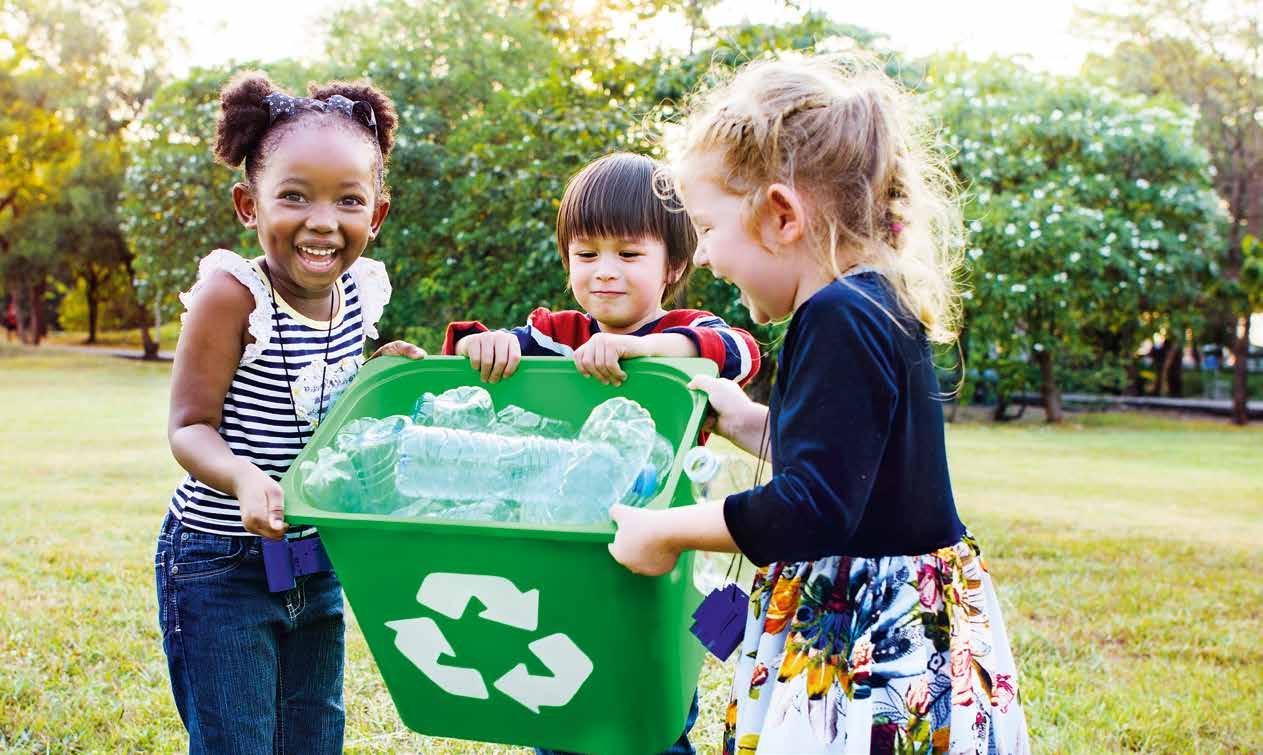
1 Nature scenes 2 Fruit and other still-life objects
15 1 7 seven
Primary colours
Colour with the three primary colours of the swing.

The primary colours
The primary colours are:
red blue yellow
8 U1 eight LOOK
1.1 Nature scenes
Primary colours in the park
Colour the swing with the primary colours (red, blue and yellow). Then, complete the rest by stamping with leaves or glueing pieces of paper.





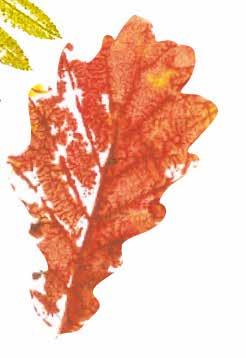








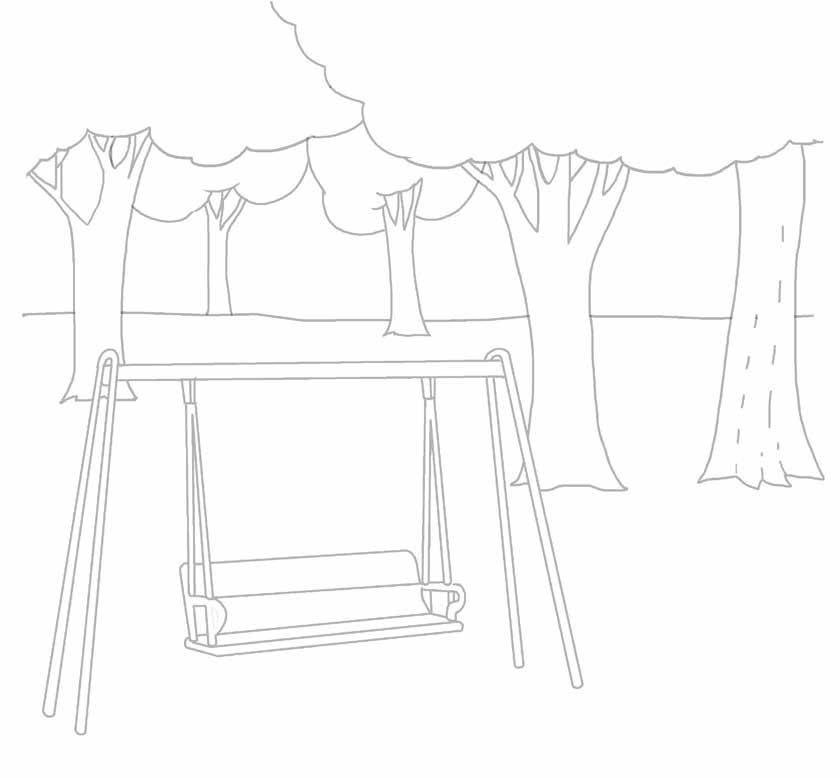
CREATE
9 nine
Primary and secondary colours
Primary and secondary colours
We get the secondary colours (green, orange and purple) by mixing the primary colours (blue, yellow and red).
Mix the two primary colours to get a secondary colour. Then, colour the circles.

U1 10 LOOK
ten
blue purple
PRIMARY PRIMARY PRIMARY SECONDARY SECONDARY red orange yellow green blue blue red + + + = = = yellow red yellow green purple orange 1.1 Nature scenes
SECONDARY
CREATE
Secondary colours in an autumn landscape
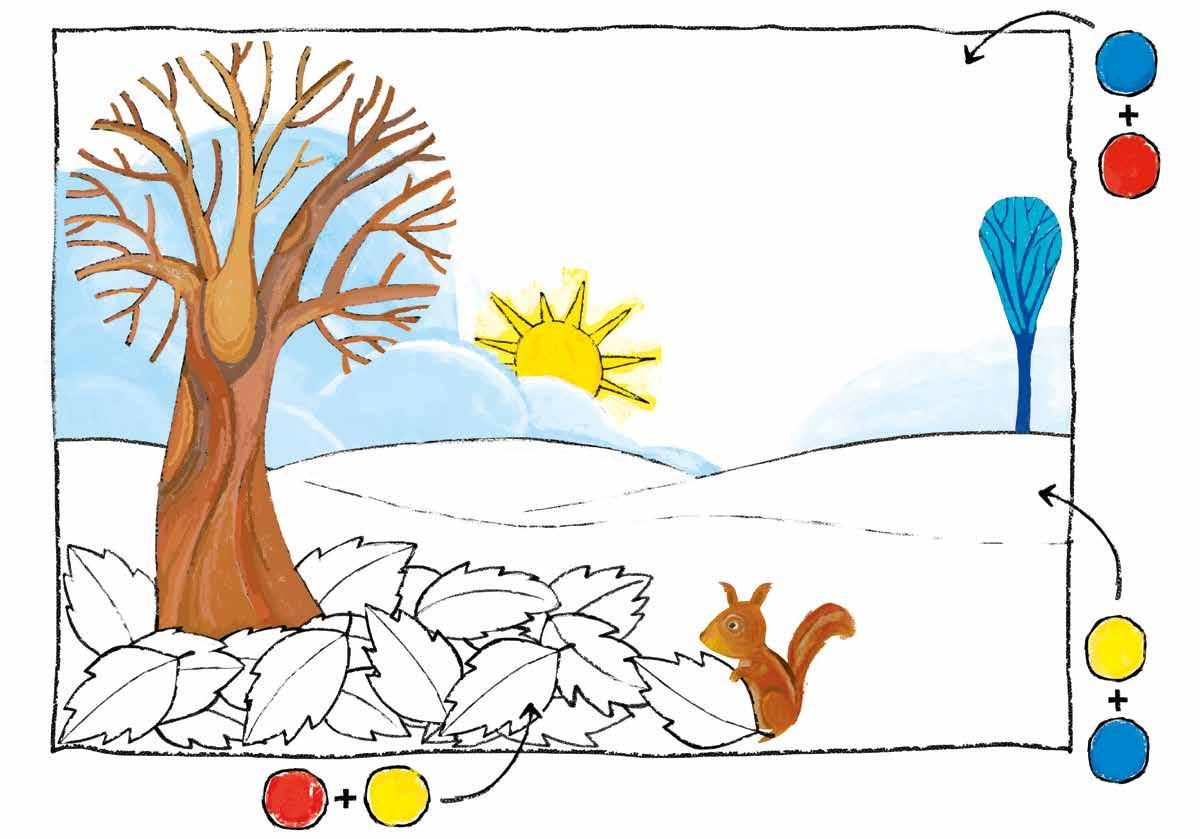
Mix the colours in the circles. Name the colours you get.


11 eleven
Landscapes that remind us of the past
Look at the picture and invent a story about this castle. Tell your partner.

12 U1 twelve 1.1 Nature scenes
LOOK
Castillo de Almodóvar del Río (Córdoba).
CREATE
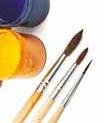
A castle and its natural environment
Complete the picture by drawing the walls with a ruler. Colour it however you like.
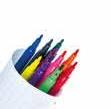

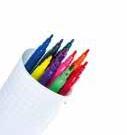



thirteen
13
Salt art
An art installation
An installation is a work of art. To compose it, the artist uses the floor and walls, the lights and different materials, such as salt.

Floating Garden (2013), Motoi Yamamoto. Temporary installation made with salt. Robert Haywood Morrison Atrium of the Mint Museum, Charlotte (North Carolina, United States).
Circle the material you would choose to create an art installation on the floor.
14 U1
fourteen 1.1 Nature scenes
Ãs~òu89g`aa45® *+hi 45n45n89a45m89 >?> »p89 >?wBCd:; HI® Δ fg 89 >?u45® ÃsÑÖa67 45† *+gjkr89 >?u45n89∂ *+^_ @A fg |} RSÞ LOOK
A landscape with salt
Follow the steps and create a landscape with salt.
Collect your materials.
Sandpaper


Trays Salt
Gently rub the sandpaper on the pieces of chalk. Collect the powder in the containers. Be careful not to mix the colours!


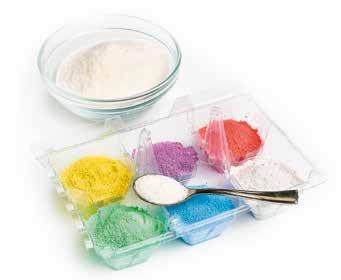







3 Mix salt into the chalk powder.
Empty containers
Chalk Cardboard
4 Draw a landscape on the piece of card. Apply a layer of glue. Sprinkle the chalk powder slowly onto the card.
Stick the piece of cardboard onto the tray. Finish decorating your salt work.
15 fifteen
1
5
CREATE
2
Circle the objects you can see in the still-life by Clara Peeters.



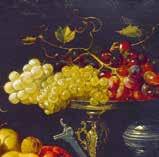
The still-life
A still-life is a painting or drawing of natural objects (fruit, flowers, etc.) and man-made objects (plates, bowls and books, etc.). Another name for a still-life is a nature morte.
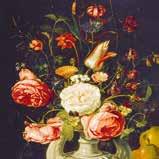



16 U1 sixteen LOOK
Fruit
The still-life 1.2
and other still-life objects
Still Life of Fruit and Flowers (1612-1613), Clara Peeters. Ashmolean Museum (Oxford, England).
CREATE
Still-lifes on a grid
Look. Draw on the grid and colour.
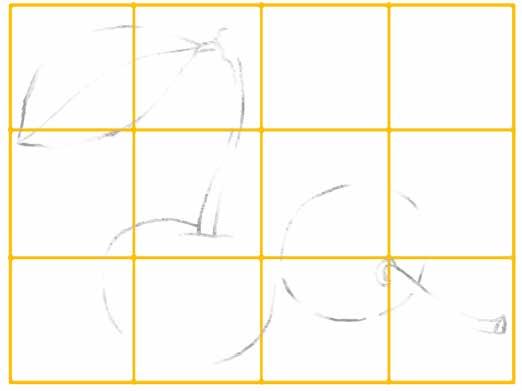
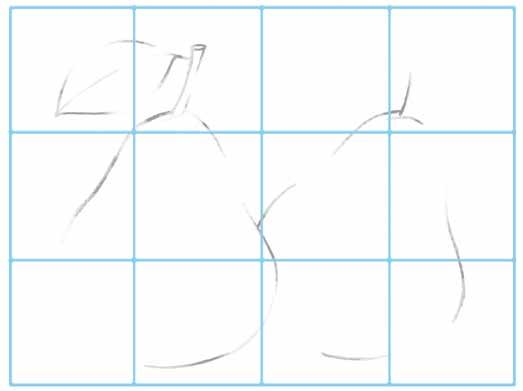





17 seventeen
The colours of still-life photography
Look at the picture. Complete the table with the name of a fruit in these colours.
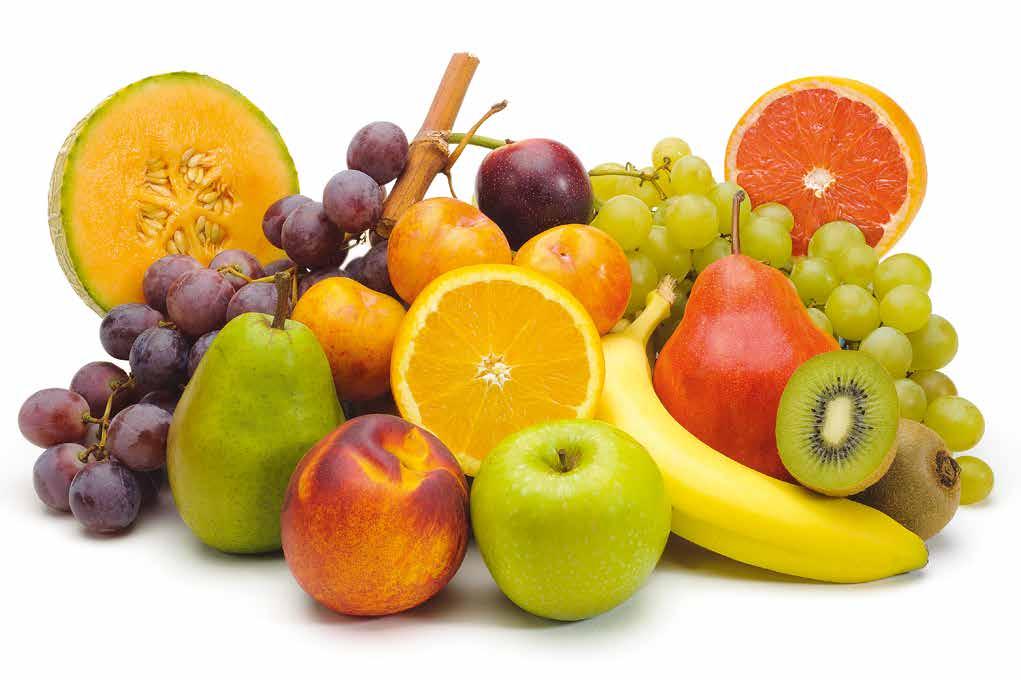
SECONDARY COLOURS
FRUIT
18 U1 eighteen 1.2 Fruit and other still-life objects
LOOK
GREEN ORANGE PURPLE
CREATE
A still-life with fruit and vegetable stamps
Complete the picture by stamping fruits and vegetables however you like.



19 nineteen
Light and shadow
Light and shadow
The light illuminates the objects. The objects are opaque: they cast shadows that change the intensity of the colours.
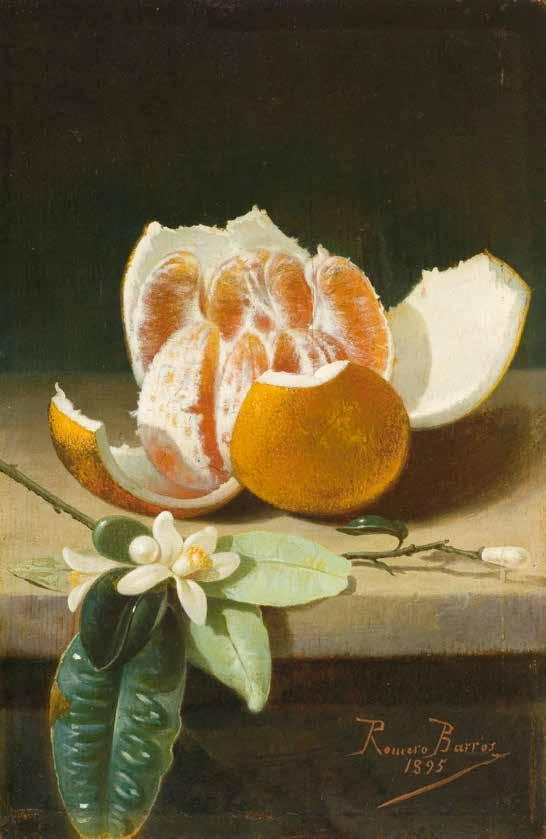
Area in the light Area in the shadow
Look at the orange and tick the correct answer.

Which side is in the light?
The right. The left.
Which side is in the shadow?
The right. The left.
20 U1 LOOK
1.2 Fruit and other still-life objects
Naranja abierta y azahar (1897), de Rafael Romero Barros (Moguer, 1832-Córdoba, 1895). Museo de Bellas Artes de Córdoba.
twenty
Light on pieces of fruit
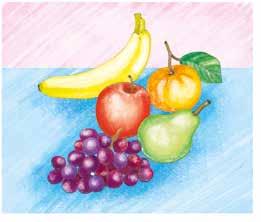
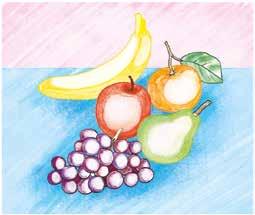
Look, read and follow the steps.
Use dark tones for the outline of the figures. Mark the areas in shadow.



Use light tones for the areas in the light. Mark the reflections.

21 twenty-one
1 2
CREATE
Andy Warhol and Henri Matisse
Go to anayaeducacion.es and watch a video about how Andy Warhol made Campbell's Soup Cans.


American painter Andy Warhol was the most famous artist of the Pop Art movement. He used photographs and objects from everyday life as inspiration, such as his Campbell's Soup Cans.

French artist Henri Matisse was one of the greatest painters of the 20th century. He used beautiful pure, intense colours and lines. His artworks were very original.
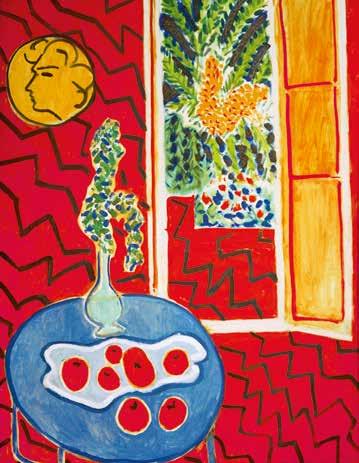
22 Twenty-two
¡¡
ART STYLES
Campbell's Soup Cans (1962), Andy Warhol. Museum of Modern Art (New York, USA).
Red Interior, Still Life on a Blue Table (1947), Henri Matisse. Art collection of North Rhine-Westphalia (Düsseldorf, Germany).
U1
CREATE YOUR OWN STYLE
Choose the food packaging you like. Follow the steps to create a still-life like Andy Warhol.
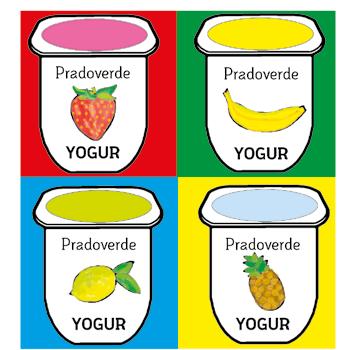
Draw the packaging. Invent a label and a name for the product. Write them on the packaging.








Copy the packaging, making some changes. Use different colours for the background.

23 twenty-three
1 2
A sign uses an image that is very easy to understand. Use the image below to create a sign for your classmates. Encourage them to separate their rubbish. Organic waste must go in one bin and packaging in another. This is how you can protect nature.
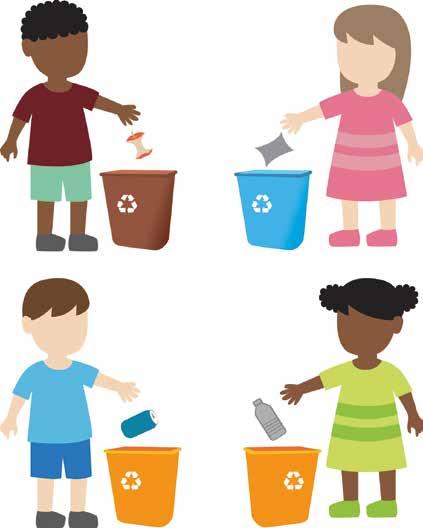
1 Colour to show your learning.
I’m good at this
I’m still learning
I can do better
Mixing primary colours to get secondary colours. Creating still lifes on a grid. Using different tones to create light and shadow.
2 How did these activities make you feel? Circle.

Looking at a castle, imagining a story and drawing it.
Stamping fruits and vegetables to create a composition.
Creating a landscape with salt.

3 Complete.
Working in a group helps me:
I can use Pop Art to:

24 U1 M y progress PORTFOLIO PLAN
OF ACTION
twenty-four
© GRUPO ANAYA, S.A., 2023 - C/ Valentín Beato, 21 - 28037
All rights reserved. No part of this publication may be reproduced, stored in a retrieval system, or transmitted, in any form or by any means, electronic, mechanical, photocopying, recording, or otherwise, without the prior permission of the publishers.
Madrid.





































































